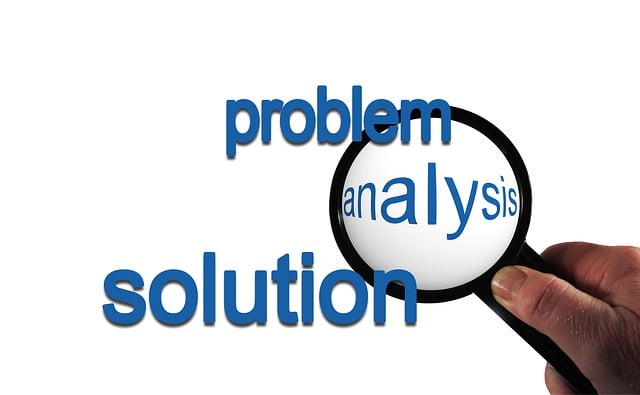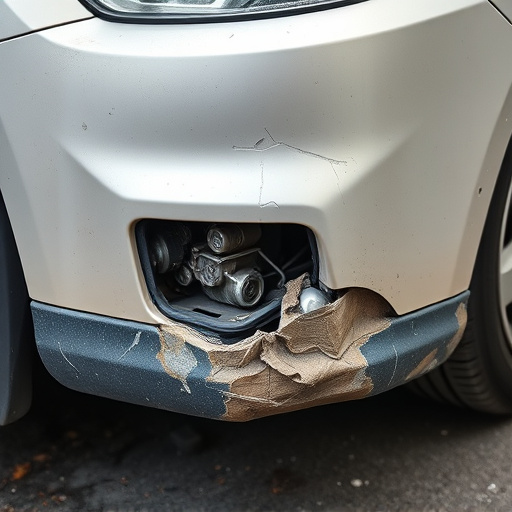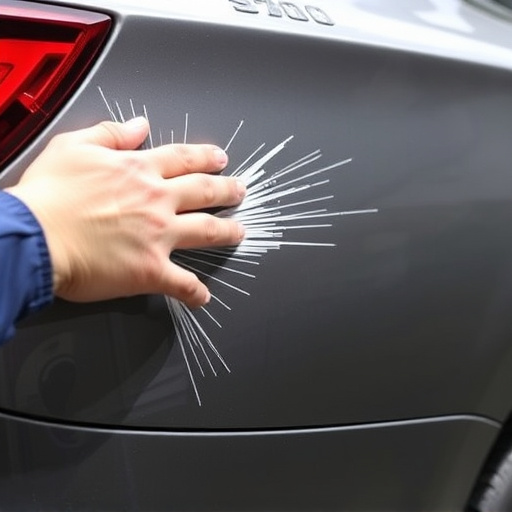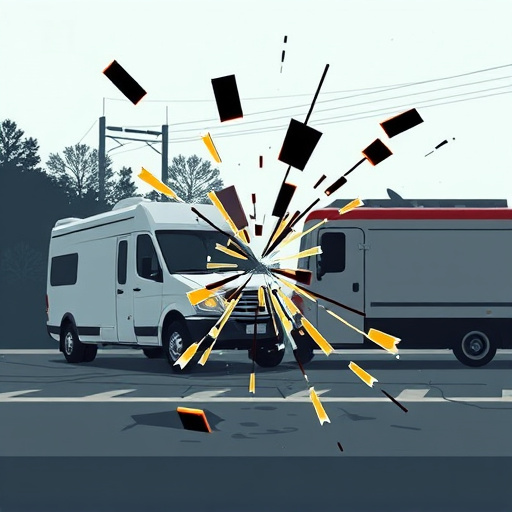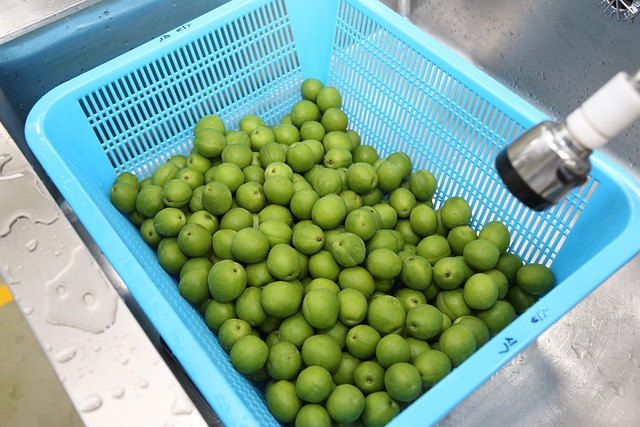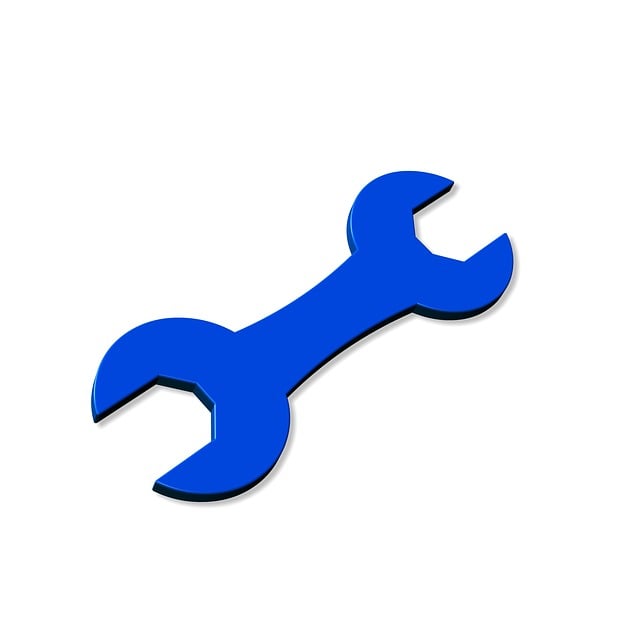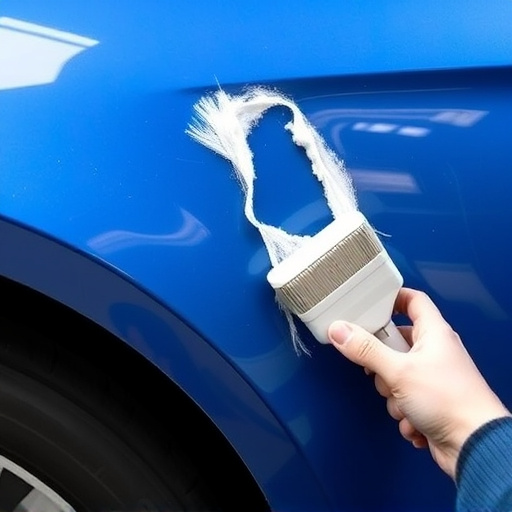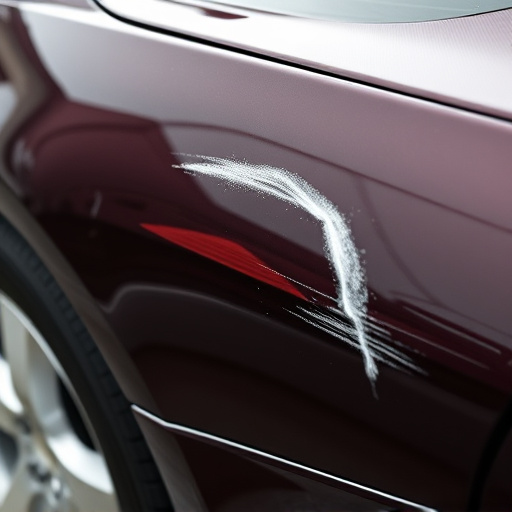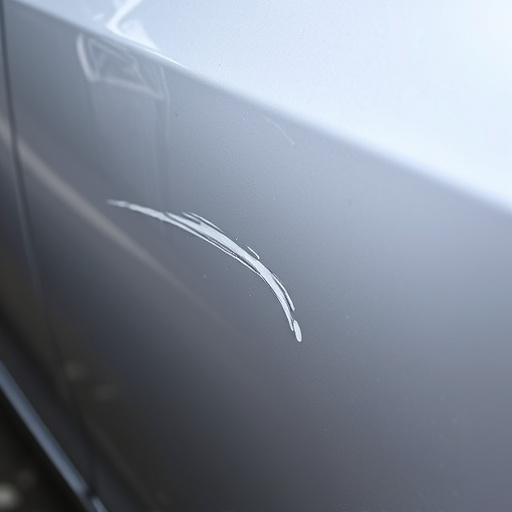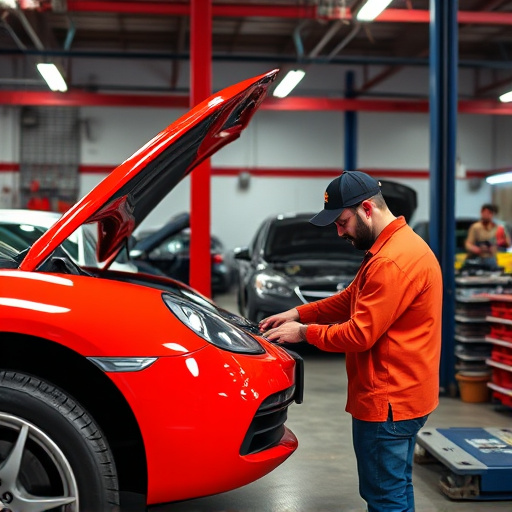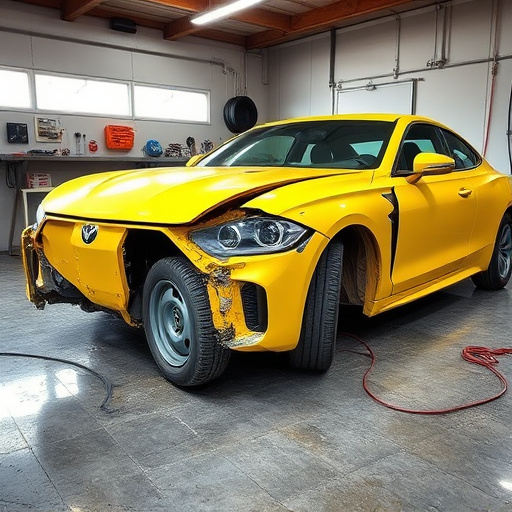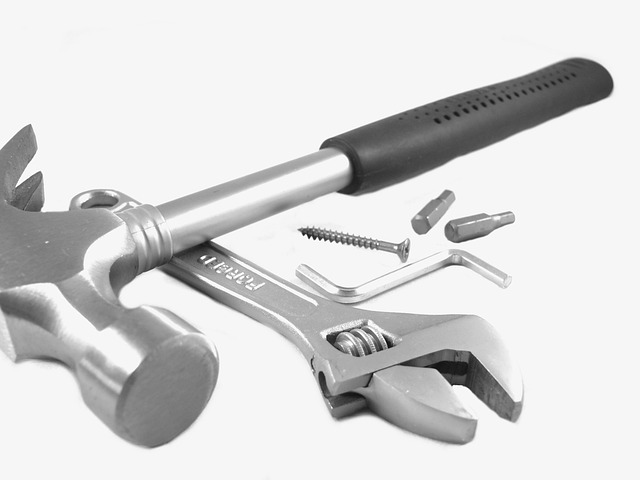Tesla owners should prioritize using genuine or certified parts for collision repairs to protect their vehicle's resale value from aftermarket replacements causing depreciation, known as Tesla diminished value claims. This is crucial for maintaining market appeal and reliability. Engaging with legal experts specializing in Tesla repairs can help secure reimbursement for such losses.
Tesla owners often face a dilemma when it comes to repairs: non-OEM (Original Equipment Manufacturer) parts. This article delves into the complex world of Tesla diminished value claims, exploring why and how these replacements can impact your vehicle’s resale value. We’ll dissect the process, from understanding Tesla diminished value claims to navigating legalities and insurance adjustments, providing insights crucial for informed decision-making regarding your Tesla’s maintenance.
- Understanding Tesla Diminished Value Claims
- Non-OEM Parts: A Closer Look at Replacements
- Navigating Legalities and Insurance Adjustments
Understanding Tesla Diminished Value Claims
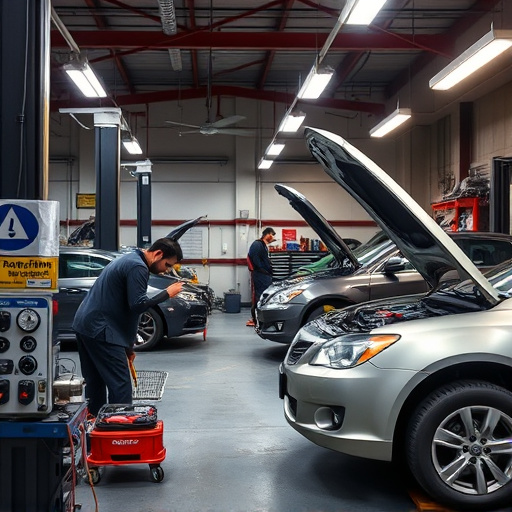
When it comes to Tesla diminished value claims, understanding how and when they apply is crucial for owners looking to protect their investment. A Tesla diminished value claim refers to the loss in resale value a vehicle experiences after sustaining damage, often due to non-OEM (Original Equipment Manufacturer) part replacements. This concept acknowledges that certain repairs or parts substitutions can negatively impact a car’s overall market appeal and resale potential.
In the context of collision repair, using genuine Tesla parts or high-quality, certified alternatives is essential for maintaining the vehicle’s value. Many collision repair shops specializing in electric vehicles, including Tesla, offer expert auto painting and restoration services tailored to these unique requirements. By prioritizing original or equivalent parts, owners can minimize the risk of diminished value claims and ensure their Tesla remains a reliable and valuable asset.
Non-OEM Parts: A Closer Look at Replacements
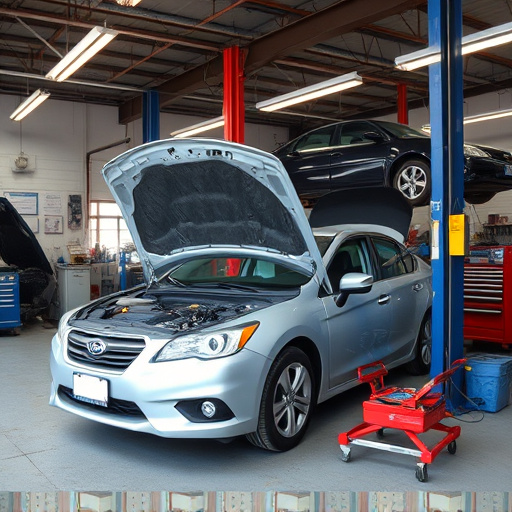
When it comes to Tesla vehicles, maintaining their original equipment manufacturer (OEM) integrity is a priority for many owners. However, in cases where non-OEM parts are used for repairs or replacements, especially after an incident like hail damage repair, it can impact the vehicle’s overall value. A Tesla diminished value claim might be in order if the car’s resale value decreases significantly due to these aftermarket substitutions.
Non-OEM parts, while often more affordable than genuine Tesla components, may not always offer the same level of quality and compatibility. This can lead to issues with fit, performance, and long-term reliability. In fleet repair services or automotive restoration scenarios, where multiple vehicles are involved, using non-OEM parts could result in inconsistent maintenance standards, compromising the overall condition of the Tesla fleet. As a result, owners or businesses may face challenges when attempting to sell or re-purchase these vehicles at their original market value.
Navigating Legalities and Insurance Adjustments
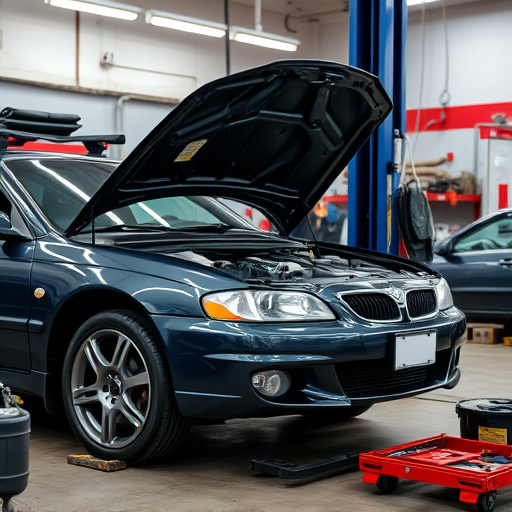
Navigating the legalities and insurance adjustments surrounding Tesla diminished value claims can be a complex process. When a vehicle owner opts for non-OEM part replacements, it’s crucial to understand that insurance companies may not always recognize or compensate for the potential loss in vehicle value. This is where legal expertise becomes invaluable, as specialized attorneys can guide owners through the intricacies of their policies and help them secure appropriate reimbursement.
For instance, while a Mercedes Benz collision repair using genuine parts might maintain the vehicle’s resale value, an owner using aftermarket auto repair services could face challenges when filing a diminished value claim. Engaging with fleet repair services or reputable garages that specialize in Tesla vehicles can mitigate these risks, ensuring that any part replacements are performed to the highest standards, thus preserving the car’s market worth.
When considering a Tesla diminished value claim, understanding the impact of non-OEM part replacements is crucial. While these alternatives may be more accessible and cost-effective, they can negatively affect the vehicle’s resale value. Navigating legalities and insurance adjustments is essential to ensure fair compensation. Remember that, in light of the above, choosing OEM parts or genuine equivalents could preserve your Tesla’s value significantly. In terms of Tesla diminished value claims, it’s worth noting that informed decisions regarding repairs are key to minimizing potential losses.
